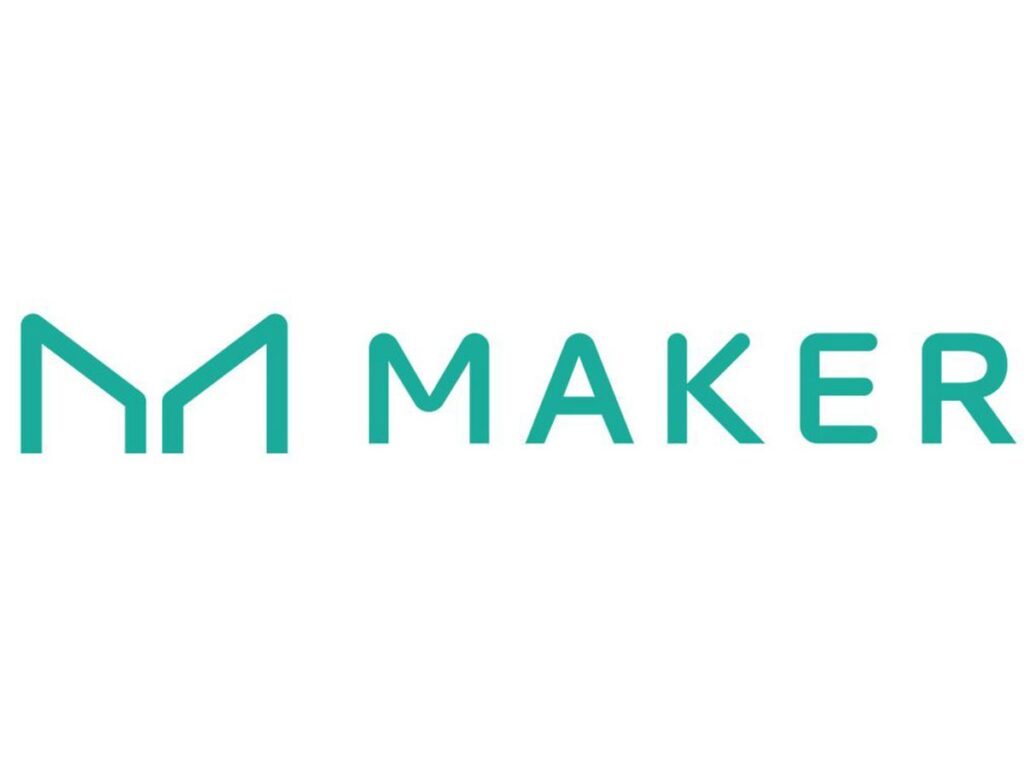Litecoin could potentially spike up to 200 percent by July next year, based on its halvings, forcing miner block rewards to plummet by 50 percent, according to reports.
From its start in October 2011, Litecoin halved twice in August 2015 and August 2019, dropping rewards from 50 LTC to 25 LTC and 25 LTC to 12.5 LTC, respectively.
Erratic LTC price cycles sparked the events, with price pumps and corrections triggering the incidents. A price bottom and recovery later followed these events.
#Litecoin rally due to upcoming halving could also be a clear sign the bear market is over. The exact same thing happened in 2019 where Litecoin rallied before #Bitcoin did.
— Coin Chris (@CoinChris) November 3, 2022
LTC prices corrected to their local tops following the halvings, and found a second bottom rate with a subsequent price rally to record highs.
According to charts, Litecoin is expected to halve for a third time in July 2023. Analysts have made the prediction, citing the cryptocurrency taking a similar pre-halving trajectory to its 2011 and 2019 figures.
They have used several momentum indicators, which show whether an asset has been oversold or overbought. These include indicators such as MACD and RSI, to verify a bull market.
Litcoin’s indicators revealed it had been massively oversold, where charts showed market bottoms followed by halving incidences, noting a potential LTC price hike. Should Litcoin bottom out at roughly $40 in June this year, it could reach a new local top in the coming months.
Crypto Integrations Fuel Price Hike
Further reports explained that Litecoin rallied on Wednesday due to MoneyGram (MGI) announcing it would allow users to buy, sell, and transfer the cryptocurrency along with Bitcoin and Ethereum.
MoneyGram’s services facilitate peer-to-peer payments and following a recent $1 billion buyout, the company chose Litecoin for its ease of use for payments.
News of the mobile app integration saw Litecoin spike from $55 to $62, but the crypto coin still trails the two largest cryptocurrencies on the market.
— Elon Musk (@elonmusk) November 1, 2022
Dogecoin, the meme-inspired altcoin which has faced significant losses in recent months, skyrocketed this week due to tweets from now-Twitter, Tesla, and SpaceX CEO Elon Musk after his takeover of the social media platform.
His tweet featured a Shibu Inu dog in a Twitter t-shirt, hinting at potential Dogecoin integrations on the social media platform. Analysts believe DOGE will become Twitter’s main currency, rallying the currency’s daily trading volume to $136.7 billion, an increase of 17.74 from the same period last year.










